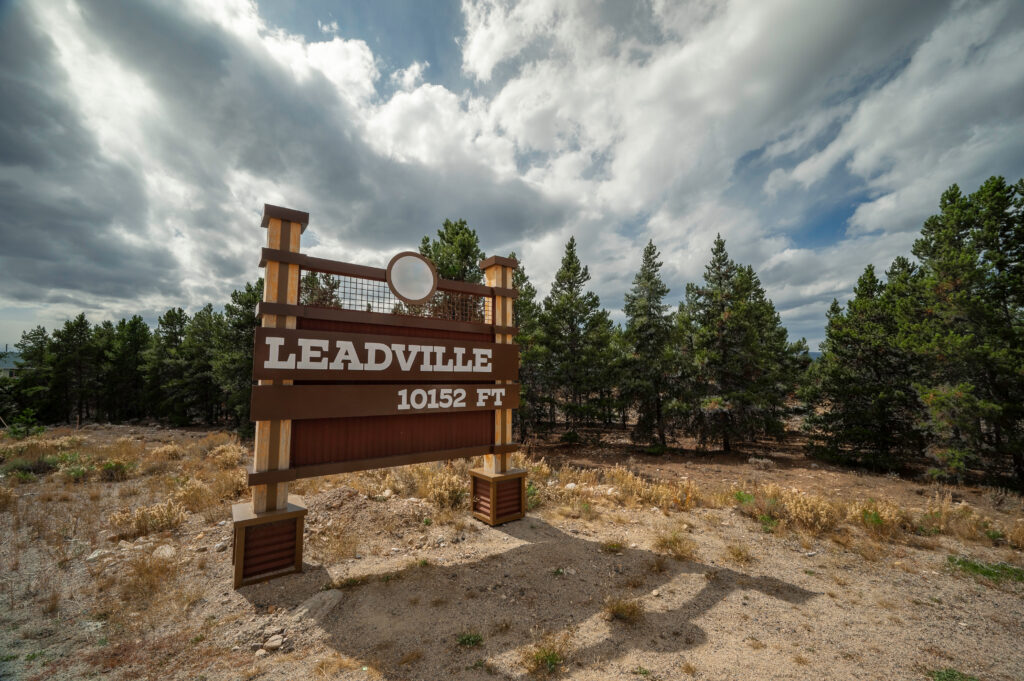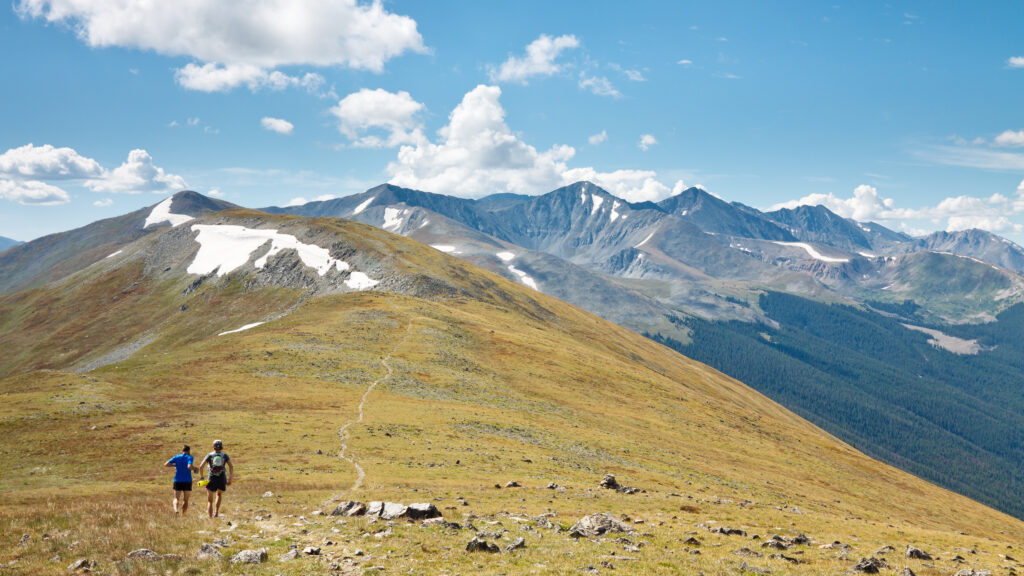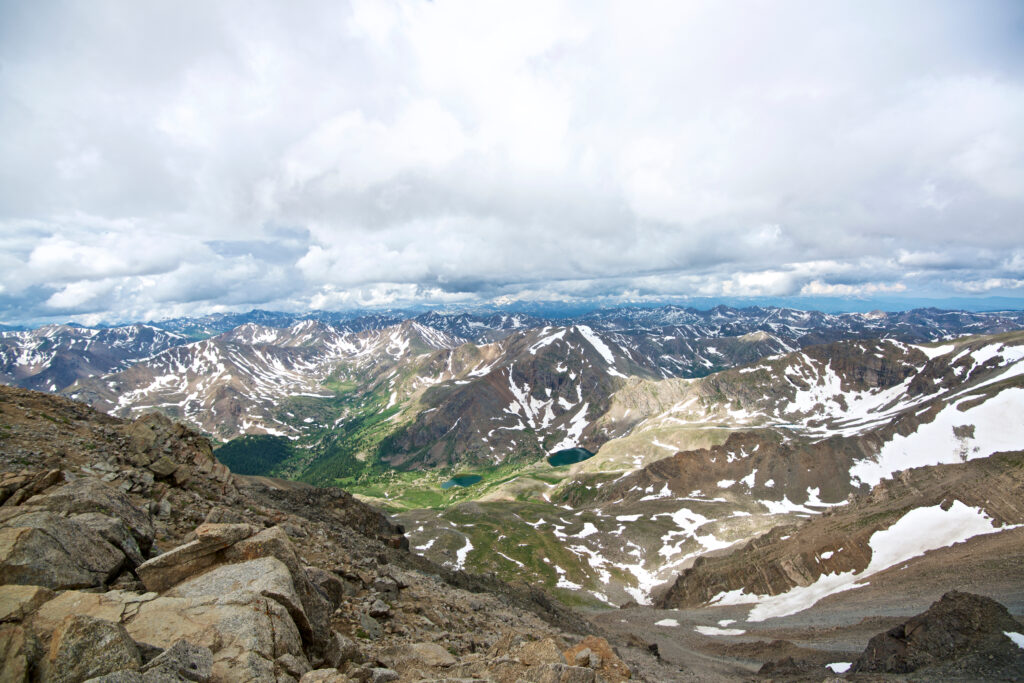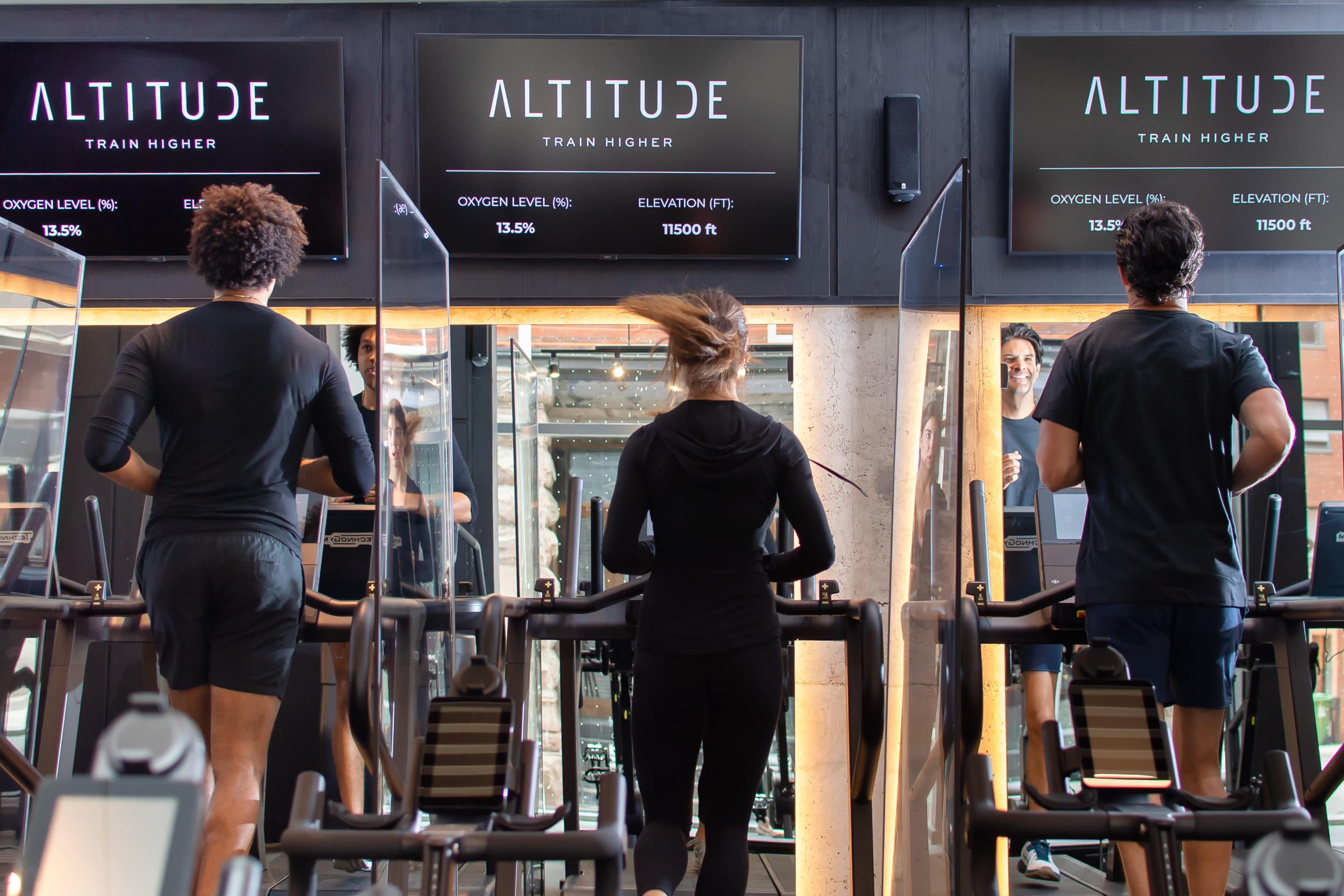Leadville Trail 100: Three Tips to Master the Race Across the Sky
Taking on the Leadville Trail 100, the crown jewel of the Leadville Race Series, is no small feat. Known as the “Race Across the Sky,” this iconic ultramarathon challenges runners with its daunting altitude and rugged terrain. Whether you’re a seasoned ultrarunner or gearing up for your first 100-miler, following a solid Leadville 100 training plan is crucial for success. Here are three tips to help you conquer the Leadville Trail 100 and make the most of your Leadville 100 training.
1. Train for Altitude
The Leadville Trail 100 is notorious for its high altitude, with much of the course sitting above 10,000 feet. The lack of oxygen at these elevations can significantly impact your performance, making altitude training a key component of any Leadville 100 training plan.
Tip: If possible, include altitude training in your Leadville 100 preparation. For those living at lower elevations, consider planning training trips to higher altitudes or incorporating altitude simulations. At Altitude Athletic, we provide simulated high-altitude conditions to help runners adapt to the demands of the Leadville Trail 100. Focus on building a strong aerobic base, improving your VO2 max, and practicing breathing techniques to enhance oxygen efficiency during the race.
2. Use Heart Rate Monitoring to Guide Your Effort
Heart rate monitoring can be an invaluable tool in managing your effort throughout the Leadville Trail 100. With the high altitude and long distance, it’s easy to overexert yourself early in the race, which can lead to fatigue and a potential drop in performance later on.
Tip: Incorporate heart rate training into your Leadville 100 training plan to understand your optimal effort levels at different intensities and altitudes. On race day, use your heart rate monitor to stay within your target zones, especially in the early miles. This can help prevent you from going out too fast and ensure you conserve energy for the challenging sections later in the race. Monitoring your heart rate can also alert you to any signs of dehydration, overexertion, or altitude sickness, allowing you to adjust your pace or nutrition strategy accordingly.
3. Master Your Nutrition and Hydration Strategy
Fueling your body properly during a 100-mile race is critical. The combination of long hours on your feet, high altitude, and unpredictable mountain weather means your body will be under immense stress. Proper nutrition and hydration can make or break your race.
Tip: During your training, experiment with different foods, gels, and hydration products to find out what works best for you. Your nutrition plan should include a balance of carbohydrates, proteins, and fats, with an emphasis on easily digestible foods that you can consume on the go. Hydration is equally important, especially considering the dry mountain air that can increase dehydration risk. Remember to include electrolytes to maintain balance, particularly sodium and potassium, which are vital in preventing cramps and maintaining energy levels. Dialing in your nutrition and hydration strategy ahead of time will help you avoid GI issues and energy bonks during the race.







